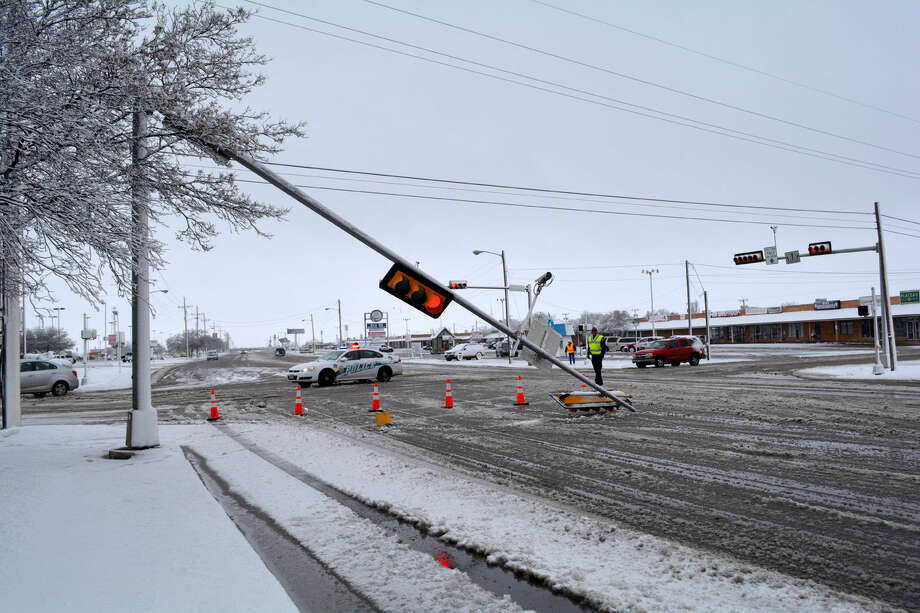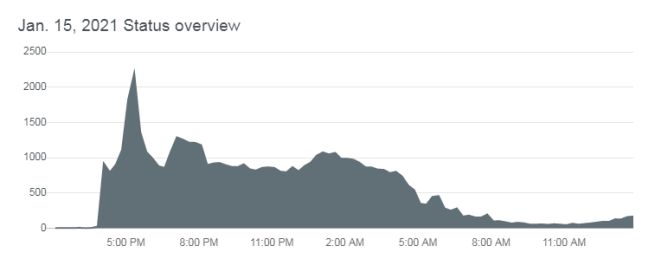


In short modulation/demodulation assume more operations on signal compared to up/down conversion which assume frequency shifting (multiplication by sinusoidal wave form, and maybe some filtering). Simply said, it enables you to achieve higher spectrum efficiency (higher level of information that you can push through certain frequency band) while still preserving ability to distinguish (demodulate correctly) that information on receiver side). Orthogonality of carrier signals is important from many aspects, especially on receiver side in process of demodulation. For these modulations your information is usually first filtered in order to remove ISI (usually with RRC or SRRC filters), after that it is pushed into two orthogonal carrier waves (which have same frequency but, pi/2 phase shift -> simply sine and cosine). Now, we can go further to think about single carrier quadrature modulations such as BPSK (although one of quadrature components (usually quadrature one) is zero for the case of BPSK), QPSK, O-QPSK, MSK, QAM. For example, AM would change amplitude of carrier wave (it can be simply multiplied with carrier wave), while FM would change frequency of carrier wave (function that represents modulating signal would be part of sinusoidal carrier phase argument). In case of AM and FM your modulating signal (which represents information that you want to transmit) would change some parameters of continuous carrier wave (usually sinusoidal waveform). You can understand modulation as operation of translating your initial representation of information into certain new form. To give some extra flavor I will add one more. (I teach a 3-day DSP class now and then and I'm regularly shocked by how many EE graduates do not know how the AM clock radio in their bedroom works.) Those processes are NOT difficult to understand and they're also easy to model (simulate) using software. I think it's useful for all signal processing folk to study and understand the processes of amplitude and frequency modulation as well as amplitude and frequency demodulation. But those high frequency signals have wider bandwidths than the original baseband "modulated" signal! The frequency-translated signals have the same bandwidth as the original untranslated signals!Īmplitude modulation (AM) and frequency modulation (FM) systems also generate signals whose center frequencies are higher than the center frequency of the original information-carrying baseband "modulated" signal. Those operations are strictly frequency translation operations. In the literature of signal processing some authors use the phrase "demodulation" when they should more correctly use the phrase "down-conversion." Likewise, some authors incorrectly refer to "up-conversion" using the misleading phrase "modulation."ĭown- and up-conversion, to me, mean shift the center frequency of a signal either down or up in the frequency domain. (It's done in practice in high-end AM receivers, by phase locking to the carrier and using the result for the local oscillator - it's called exalted-carrier demodulation). You can, in theory, demodulate AM by downconversion, but you need to be synchronized to the carrier frequency to do it, or you get nasty fading. You could down-convert to baseband and then demodulate there, but you'd still be demodulating. Take FM, convert it to baseband, and the result is a nasty-sounding mess. You cannot demodulate FM by downconversion, at all.

So you can "demodulate" SSB by downconversion. The actual process doesn't necessarily happen that way, but the result is the same. Single-sideband modulation is, essentially, the process of taking one half of a baseband signal (either the positive frequency components or the negative ones) and up-converting the result. Demodulating conventional broadcast AM is different than demodulating FM, and both are different from demodulating single sideband. Demodulation is specific to the type of modulation used. Not just for this question - for all of the ones you've been answering, and for the ones that you haven't thought to ask.ĭown- (and up-) conversion is a specific operation, independent of the type of modulation. Unless they've really gone downhill in the last ten years, you want to get an ARRL Handbook (or the GBRS Manual, if you're in England).


 0 kommentar(er)
0 kommentar(er)
